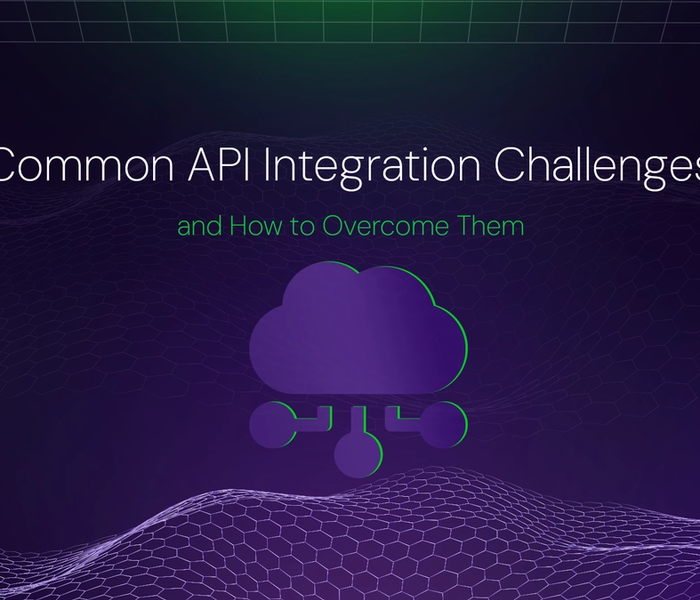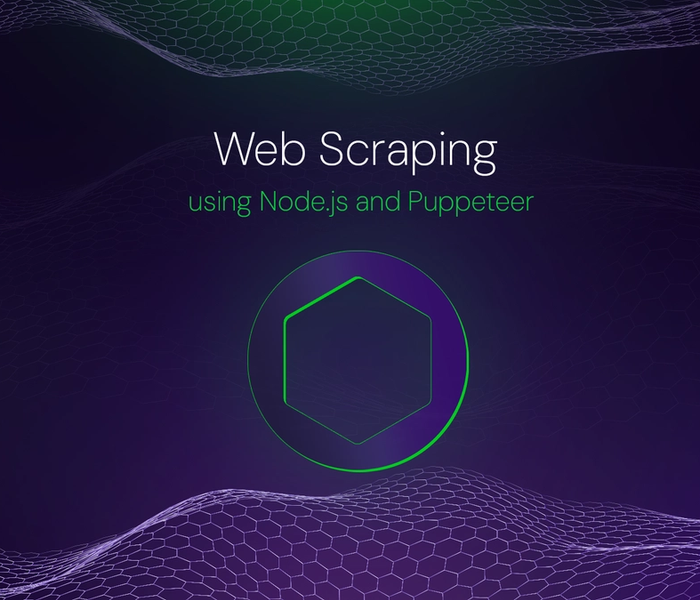

Divine Odazie
6 min readMay 03 2022
How to avoid DevOps mistakes - 5 things to not do
DevOps is a set of cultural philosophies, processes, and tools that improves an organization’s capacity to deliver high-volume software applications.
DevOps integrates developers and operations teams to improve collaboration and productivity by automating infrastructures and workflows and continuously measuring application performance. But even though DevOps presents many advantages, implementing it does not ensure instant success.
A study was done by Gartner predicts that in 2022, 75% of DevOps initiatives will fail to meet expectations. This is because many organizations land into pitfalls by doing things wrongly.
This article will share 5 things you shouldn’t do when implementing DevOps in your organization. The 5 things are:
- Automate the wrong processes
- Neglect technical writers in your DevOps team
- Just buy tools
- Measure DevOps impact with hard metrics
- Be rigid about your DevOps implementation
Automate the wrong processes
Automation is at the core of DevOps. Automation makes it easier to achieve DevOps business goals by providing consistency across repetitive manual tasks and removing the threat of human error.
With all the benefits of automating, you may want to automate everything possible. But the thing is, if you try to automate everything, some automation might result in bottlenecks.
You may now ask, “what should I automate?” well, below are a few bulleted points on what to automate and what not to.
What to automate You should automate:
- Manual repeatable task
- Medium and high volume workflows
- Processes that impact various systems
What not to Automate
You shouldn’t automate:
- Processes that involve multiple decision points along the way
- Quality assurance of the final application
- User experience design
- Processes with low return on investment if automated.
To learn more about what and what not to automate, check out this article.
Neglect technical writers in your DevOps team
With the accelerated development and deployment, developers need accurate and up-to-date documentation from the earliest stages of a project — which is impossible without integrating technical writers into the DevOps team.
What to do
A good way to integrate technical writers into DevOps teams is by using the Docs as Code methodology instead of traditional documentation help authoring tools (HATs) like MadCap Flare.
In Docs as Code, technical writers write documentation with the same tools the developers use to write the software. Docs as Code include:
- Using the version control software
- Writing plain-text documentation files — Markdown, reStructuredText
- Running automated tests
- Practicing continuous integration and continuous delivery
To learn more about Docs as Code, check out this interesting article on Linode.
Just buy tools
There are a large number of DevOps tools out there. And for each aspect of DevOps, there are at least 3 tools — see the image:

It sounds impressive when reading reports about how some tool or technology has improved application quality and reduced defects in specific companies. You may think you need that tool, but do you? Don’t be in a hurry to purchase, as it may likely lead to a bottleneck.
What to do
As your company and processes are unique, so are those companies that have used those tools recommended. A good approach will be to survey your organization, tech stack, and what you’re building, then slowly select and adopt tools to improve your DevOps processes.
Measure DevOps impact or performance with hard metrics
Now, this is a controversial one. To know what to do instead of measuring performance with hard metrics, Andy Hunt, Co-author of The Agile Manifesto’s reply to a similar question from an AMA session.
What to do In his reply, he shared that when measuring a team’s performance and processes. He would instead survey the following:
- User health and happiness,
- Team health and happiness, and
- Leadership health and happiness.
Highlighting that though they aren’t necessarily as quantifiable as some hard metric, they get to the heart of the matter.
Health, in this case, means sustainability and growth. And happiness means that all three parties are accomplishing their goals to their level of satisfaction.
Be rigid about your DevOps implementation
DevOps won’t solve all your company’s bottleneck issues and tech inefficiencies. DevOps is extremely flexible in terms of customization for any organization. With that, there is no formal framework to use for its implementation.
What to do
You must first define the problems and challenges in your organization you want to solve with DevOps and design a framework in collaboration with the DevOps team.
Conclusion
This article shared with you 5 things you shouldn’t do in DevOps. There are so many other things you should avoid while practicing DevOps. To learn more about them, check out the following resources.
- The Terrain of DevOps is Strewn with Pitfalls
- Pitfalls with DevOps at Scale
- 8 Mistakes to Avoid While Implementing DevOps
About the author
Consistency is key. That’s what Divine believes in and he says he benefits from that fact which is why he tries to be consistent in whatever he does. Divine is currently a Developer Advocate and Technical Writer who spends his days’ building, writing, and contributing to open-source software.days
More articles


Akshat Virmani
6 min readAug 24 2024
How to add GitHub Copilot in VS Code
Learn how to add GitHub Copilot to Visual Studio Code for AI-assisted coding. Boost productivity, reduce errors, and get intelligent code suggestions in seconds.
Read Blog


Akshat Virmani
6 min readAug 09 2024
Common API Integration Challenges and How to Overcome Them
Discover common API integration challenges and practical solutions. Learn how to optimize testing, debugging, and security to streamline your API processes efficiently.
Read Blog


Akshat Virmani
6 min readJun 20 2024
Web Scraping using Node.js and Puppeteer
Step-by-step tutorial on using Node.js and Puppeteer to scrape web data, including setup, code examples, and best practices.
Read Blog